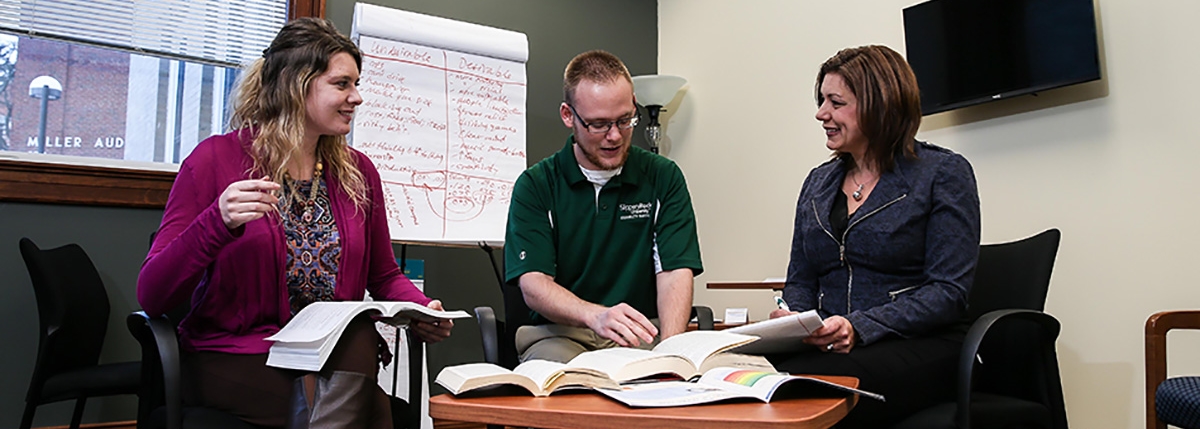The Greatest Guide To Arrowsmith Program Australia
The Greatest Guide To Arrowsmith Program Australia
Blog Article
The Buzz on Arrowsmith Program Australia
Table of ContentsArrowsmith Program Australia for BeginnersWhat Does Arrowsmith Program Australia Do?About Arrowsmith Program AustraliaWhat Does Arrowsmith Program Australia Mean?Everything about Arrowsmith Program AustraliaFascination About Arrowsmith Program Australia
A kid discovers as he/she discovers the globe with sight, sound, taste, touch, and scent. As a youngster plays, he/she acquires principles and learns that individuals, things, and activities have names.Assuming is the application or use of information a youngster has learned. When a child thinks in words, he/she may address a trouble by making use of language to talk his/her method through it.
We consider just how well a kid: has the ability to concentrate and preserve attention, and starts, performs, and finishes tasks, consisting of the pace at which the youngster carries out activities and the simplicity with which the child transforms them. Attention entails managing degrees of performance and initiating and maintaining focus. It entails the capacity to strain distractions and to continue to be focused on an activity or task at a consistent degree of efficiency.
The 8-Second Trick For Arrowsmith Program Australia
It also means that if a youngster loses or alters focus in the center of a task, he/she has the ability to return to it without other individuals needing to advise him/her often to finish it. Adequate interest is required to maintain physical and mental initiative and concentration on an activity or job.
Focusing focus permits a kid to try tasks at an appropriate pace. We think about exactly how well a child: initiates and sustains psychological connections with others, creates and uses the language of his/her neighborhood, cooperates with others, complies with rules reacts to objection, and areas and takes treatment of the belongings of others.
A youngster connects with others by using facial expressions, motions, activities, or words. A child might connect with one more individual only once, as when asking an unfamiliar person for directions, or several times, as when defining his/her day at school to parents. A child might interact with people one-at-a-time, as when paying attention to an additional trainee in the hallway at school, or in groups, as when having fun with others.
Not known Facts About Arrowsmith Program Australia
These are called gross and great electric motor skills. Moving one's body includes several various sort of actions: Rolling one's body; climbing original site or drawing oneself read this article from a sitting to a standing placement; pressing oneself up; elevating one's head, arms, legs, and twisting one's hands and feet; balancing one's weight on one's legs and feet; moving weight while sitting or standing; transferring from one surface area to another; reducing oneself to or towards the flooring as when flexing, kneeling, stooping, or crouching; relocating oneself ahead and backwards in space as when creeping, strolling, running, and negotiating various surface (e.g., curbs, steps, hillsides).

Not known Facts About Arrowsmith Program Australia
Caring for and regulating oneself successfully, with the degree of freedom suitable to a child's age, depends upon the ability to reply to adjustments in feelings and everyday needs of the environment. Caring for oneself is defined by a feeling of personal autonomy, or independence and proficiency, or capability. The initiative to end up being independent and qualified must be observable at birth and ought to proceed throughout youth.
To meet these requirements effectively, a child has to employ effective see post coping methods, proper to his/her age, to recognize and control feelings, thoughts, prompts, and intentions. Such approaches are based on taking responsibility for getting needs met in a proper and adequate fashion. This consists of establishing and keeping adequate self-discipline when managing reactions to adjustments in state of minds and setting, and developing suitable means to delay satisfaction.